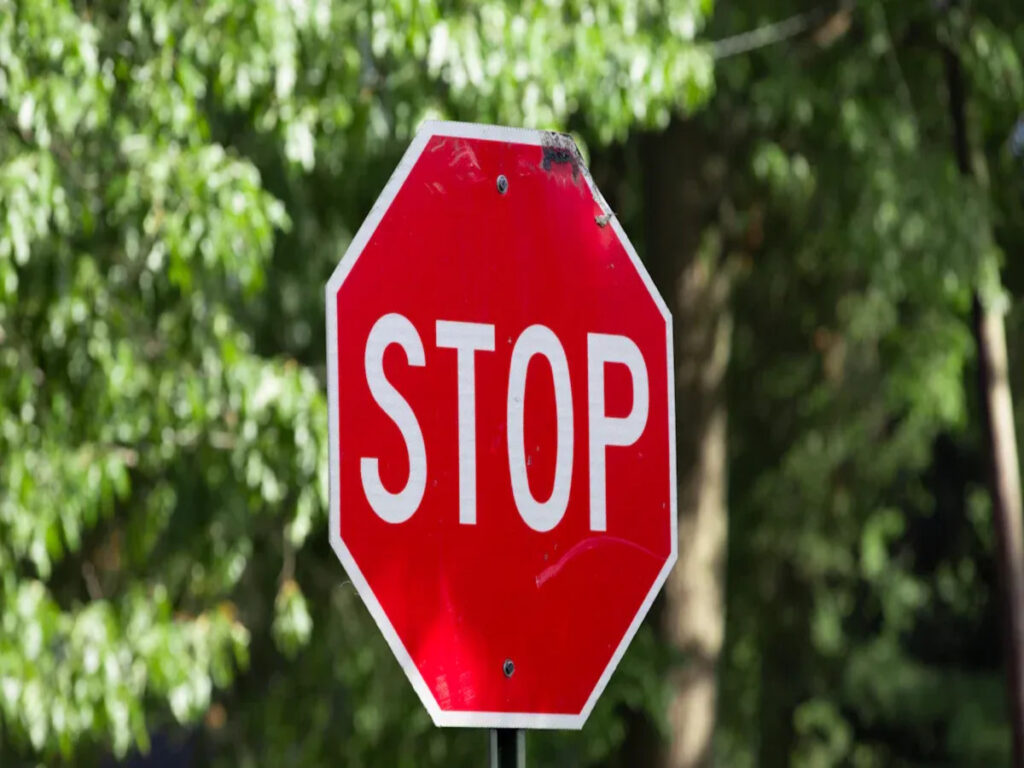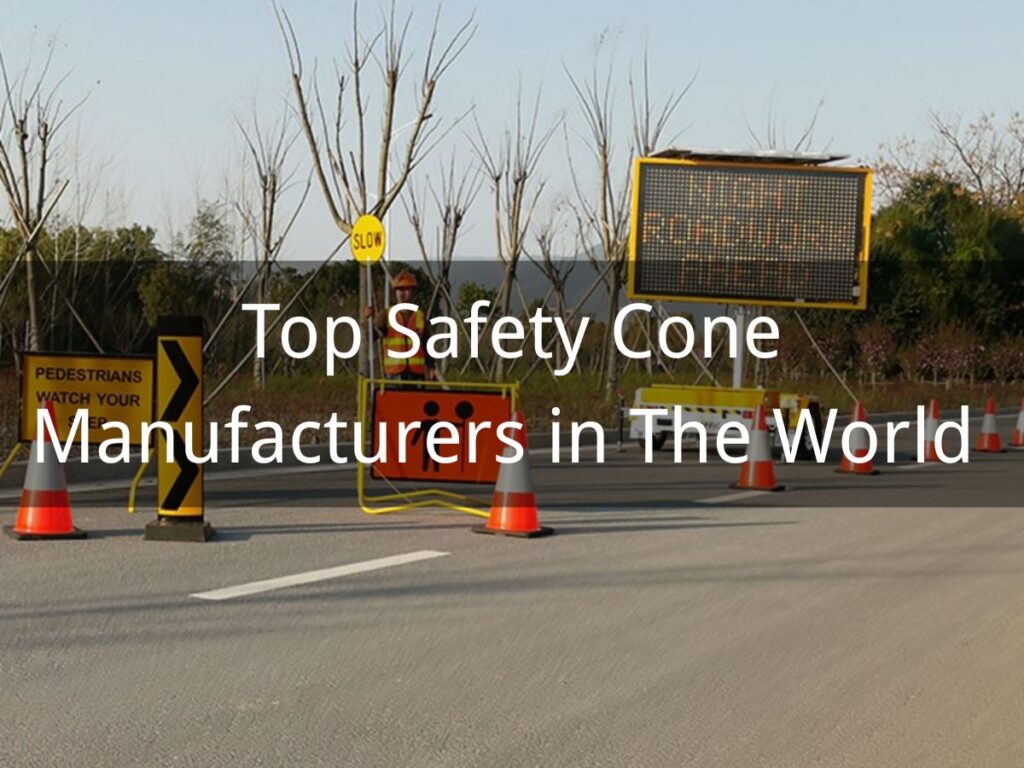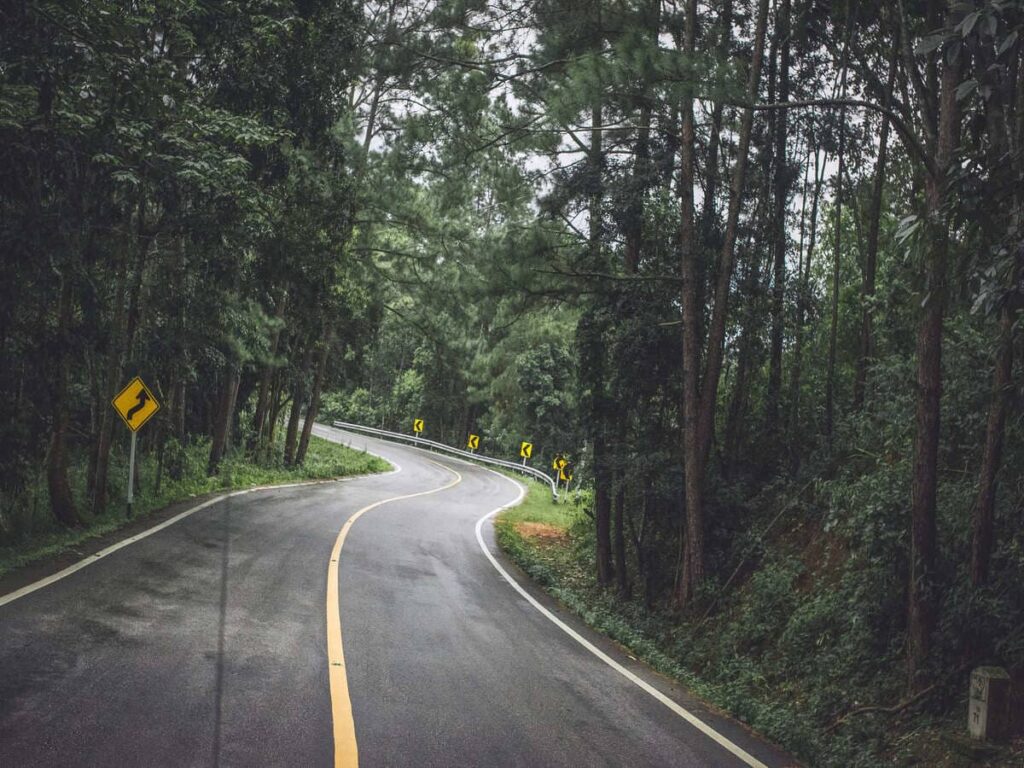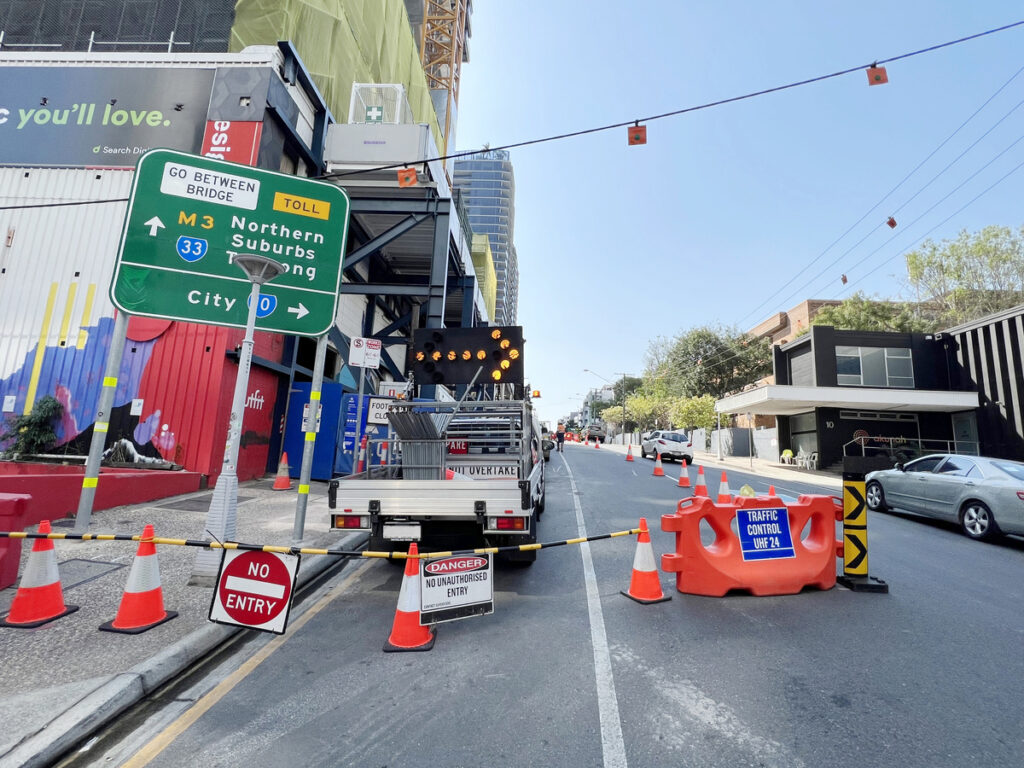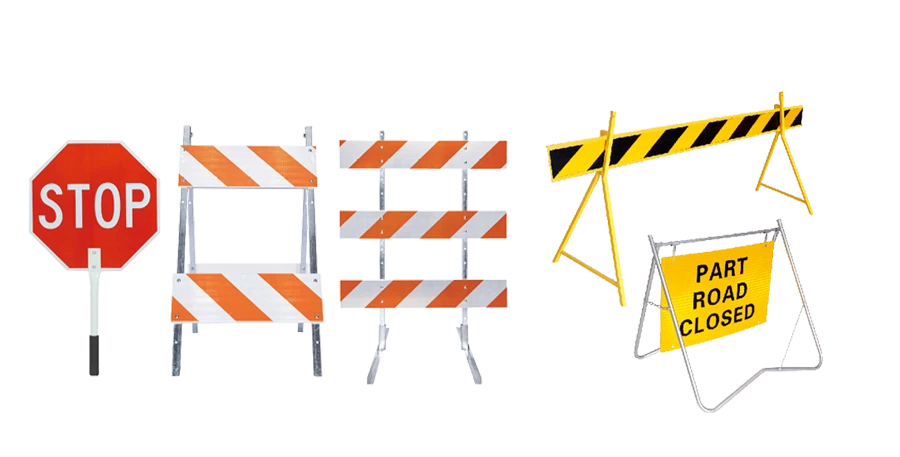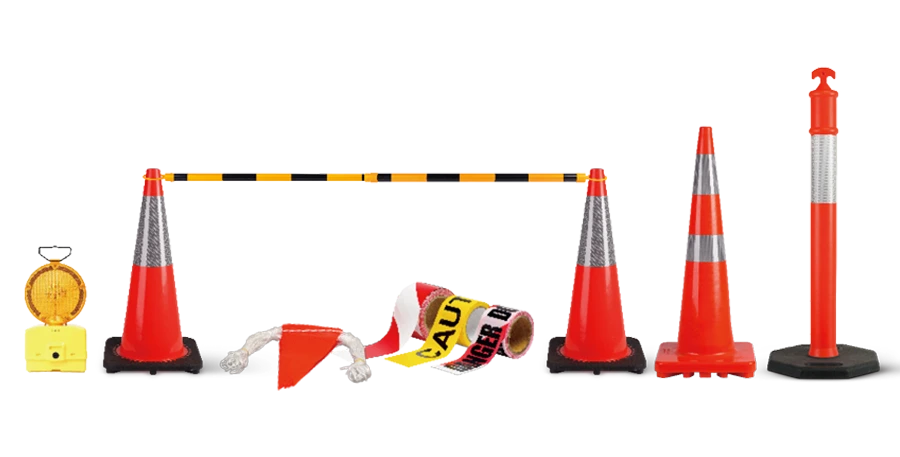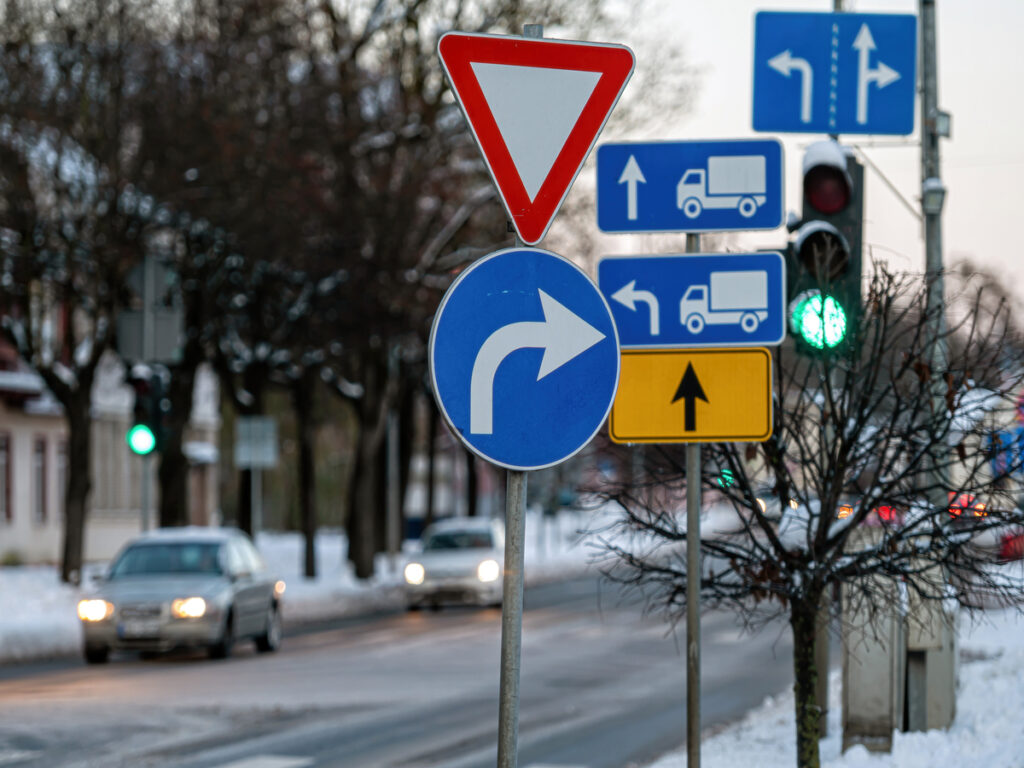
I telai e le staffe dei segnali stradali aiutano a mantenere le strade sicure. Si assicurano che i segnali siano facili da vedere e utili. Le cornici sono fantastiche se hai bisogno di qualcosa che puoi spostare. Funzionano bene per un uso a breve termine come zone di lavoro o eventi. Le parentesi sono migliori per i segnali che rimangono fermi in un unico posto. Sono forti e possono gestire il maltempo. Scegliere quello giusto è importante per la sicurezza e l'organizzazione stradale.
OPTRAFFIC offers both portable traffic sign frames and traffic sign brackets to suit every application—from temporary setups to permanent street installations. OPTRAFFIC traffic safety solutions are built for visibility, durata, e conformità, helping you keep every road or worksite safe and well-managed.
Takeaway chiave
- Traffic sign frames are easy to move and great for temporary use. They work well in places like construction sites or events.
- Sign brackets are made for permanent use. They hold signs tightly to poles or posts, so they last in all kinds of weather.
- Picking between frames and brackets depends on what you need. Use frames if you need to move signs often. Use brackets if you want them to stay in one place for a long time.
- Frames are light and simple to set up. Brackets are strong, gestire il maltempo, and need less care over time.
- Think about things like how much you’ll move them, the cost, and the weather when choosing the best option for your traffic signs.
Understanding the Basics
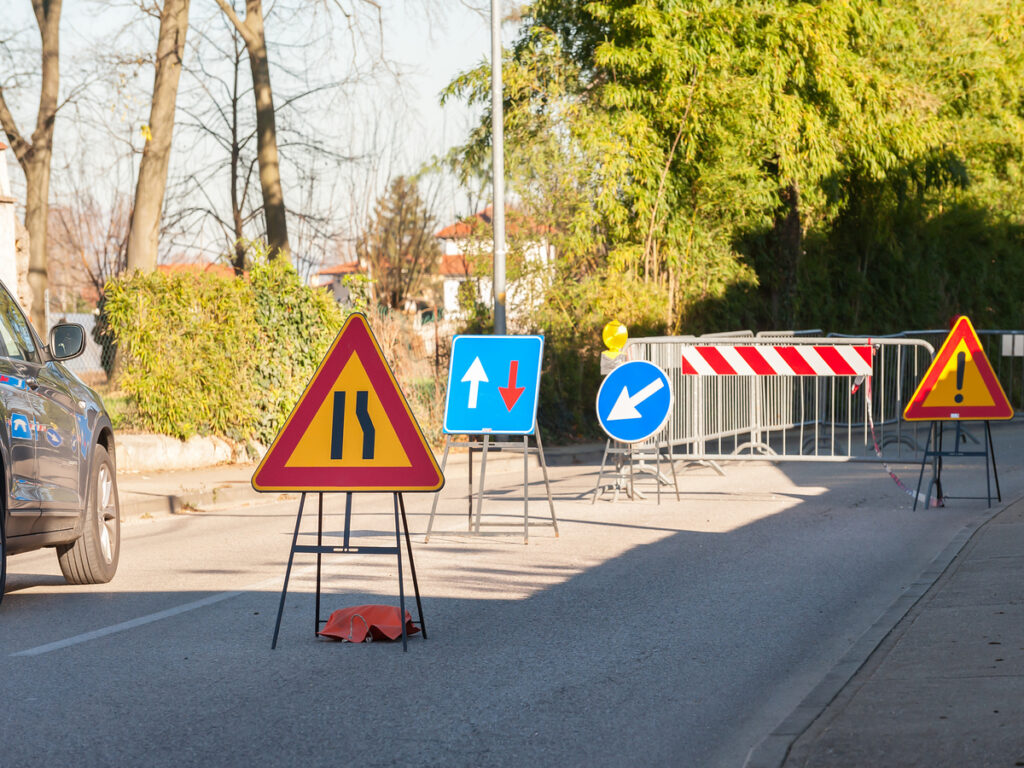
What Are Traffic Sign Frames?
Traffic sign frames hold temporary signs in place. They keep signs secure and easy to see. These frames are often used in areas with changing traffic, like construction zones or events. They are portable, so you can move them when needed.
Traffic signs help keep roads safe and organized. Studies show better detection methods, like the YOLO-BS algorithm, improve how well traffic signs are recognized. This highlights the importance of frames in keeping roads safe and traffic flowing smoothly.
If you’re managing a work zone or directing traffic for an event, use a stand with a strong frame. It’s lightweight but tough enough for short-term use. These traffic sign frames also fit different sign sizes, giving you more options.
Want to learn more about different frame types and their uses? Leggi il nostro blog: Comprensione della classificazione del telaio dei segni stradale e dei loro ruoli funzionali for a detailed breakdown of portable frame styles, applicazioni, and setup tips.
What Are Sign Brackets?
Sign brackets hold permanent signs in place. They attach signs to poles or posts, keeping them steady for a long time. You’ll see them on streets, autostrade, e parcheggi. Brackets are strong and resist bad weather, making them great for signs that stay put.
The traffic equipment market is growing fast with smart and eco-friendly solutions. Brackets are part of this growth as cities use smarter traffic systems. These systems save fuel and lower CO₂ emissions, showing how brackets help the environment.
If you’re putting up street name or rule signs, brackets are the best choice. They fit specific sign styles and look neat and professional. Una volta installato, they need little care, which makes them popular for cities and long-term projects.
To better understand the various types of traffic sign brackets—and how to choose the right one for your project—check out our blog: Tipi di parentesi del cartello del traffico: Una guida completa per installatori e ingegneri. It covers bracket functions, Opzioni materiali, and practical installation tips in detail.
Key Differences Between Traffic Sign Frames and Brackets
Installation Style
How you set up a traffic sign matters for safety. Frames stand on their own, so they’re quick to install. You don’t need poles or posts to use them. This makes frames great for temporary needs like construction zones or event detours. Just place the frame where it’s needed, and it’s ready.
Parentesi, Tuttavia, need a permanent setup. They attach signs to poles or posts to keep them steady. This is perfect for signs that stay in one spot for years. Street name signs or rule signs often use brackets. They blend into the area while keeping signs easy to see.
Portabilità
Frames are easy to move and lightweight. They’re ideal for places where traffic changes often. Per esempio, road crews can quickly shift frames as work zones move. This saves time and keeps drivers safe.
Brackets are made to stay put. Una volta installato, they don’t move. They’re less flexible but great for permanent setups. Cities often use brackets for long-term traffic safety systems.
Durata e resistenza alle intemperie
Durability is key for traffic signs, soprattutto in caso di maltempo. Frames are strong enough for short-term use but may not last in extreme conditions. They’re usually made of aluminum or steel, which balances weight and strength.
Brackets are built to last through tough weather. They’re tested to handle wind, piovere, e luce solare. Here’s how they perform:
- Stay strong during wind and impact tests.
- Resist damage from UV rays, umidità, e variazioni di temperatura.
- Meet Standard FEMA for reliability in harsh conditions.
| Caratteristica | Descrizione |
|---|---|
| Materiali da costruzione | Aluminum and UV-protected signs stay sturdy. |
| Resistenza alle intemperie | Gestisce la pioggia, sole, and wind without breaking. |
| Integrità strutturale | Metal brackets stay strong in extreme heat. |
If you need signs that last for years in all weather, brackets are best. Their tough design keeps signs visible and effective over time.
Design and Flexibility
Traffic sign frames and brackets each have their own strengths. Picking the right one depends on your needs and how flexible your signs must be.
Cornici dei segnali stradali: Easy to Adjust
Frames are made to be flexible. They work with many sign shapes and sizes. This makes them great for temporary setups like construction or events.
Here’s why frames are useful:
- Works with many sign types: Use them with square, rectangular, or custom signs.
- Simple to adjust: You can quickly change the sign or move it.
- Leggero e portatile: Easy to carry and set up anywhere.
Mancia: If traffic patterns change often, frames are a smart choice. They let you adjust quickly without much effort.
Sign Brackets: Strong and Neat
Brackets are built for long-term use. They fit specific sign styles, like flat or thick panels. This makes them ideal for permanent signs that need to last.
Here’s why brackets are reliable:
- Custom fit: Brackets hold certain signs securely for a clean look.
- Blends in well: They look neat and don’t distract from the sign.
- Stays strong: Brackets stay in place even in bad weather.
Nota: For street names or rule signs, brackets are a durable and polished option.
Quick Comparison of Flexibility
| Caratteristica | Cornici dei segnali stradali | Sign Brackets |
|---|---|---|
| Sign Compatibility | Fits many shapes and sizes | Made for specific sign styles |
| Adjustability | Facile da spostare e cambiare | Fixed after setup |
| Miglior caso d'uso | Temporary or changing setups | Permanent signs for long-term use |
In sintesi, frames are great for flexibility, while brackets are best for stability. Think about how often you’ll need to make changes. This will help you choose the right option.
Application Scenarios for Traffic Sign Frames and Brackets
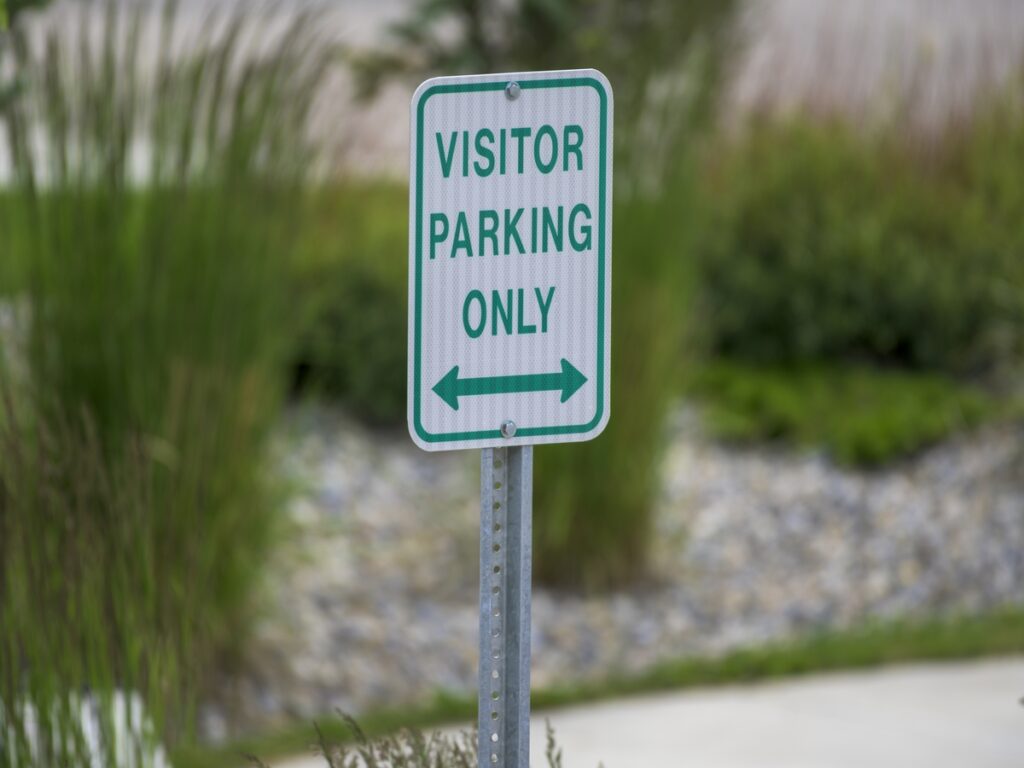
When to Use Traffic Sign Frames
Traffic sign frames are great when you need flexibility. They work well for temporary traffic setups. These frames are lightweight and easy to move. Puoi usarli nelle zone di costruzione, eventi, or emergency detours. They help keep traffic organized without much effort.
Portable stands used with these frames are tough. They don’t crack or bend in bad weather. Their design reduces wind drag and stays steady on uneven ground. Here’s what makes them useful:
| Caratteristica | Descrizione |
|---|---|
| Durabilità | Strong materials resist cracking in harsh conditions. |
| Mobilità | Trailer-mounted units adjust quickly to changes. |
| Resistenza al vento | Heavy-duty materials stop bending in strong winds. |
| Aerodynamic Design | Sloped surfaces reduce tipping during gusts. |
| Stability Features | Adjustable stabilizers keep the stand steady. |
If you need a stand that’s easy to move, choose traffic sign frames. They fit many sign sizes and shapes, making them perfect for short-term setups.
Mancia: Use traffic sign frames for projects where traffic changes often. Their portability lets you adjust quickly while staying safe.
When to Use Sign Mounting Hardware Like Brackets
Sign brackets are best for signs that stay in one place. They attach signs to poles or posts securely. This keeps signs visible and useful for years. You’ll see them used for street names, regole, and other permanent signs.
Brackets are made to handle tough weather. They resist wind, piovere, e luce solare. Different types of brackets offer various strengths. Per esempio, stainless steel brackets are strong, while ceramic ones resist wear better. Ecco un confronto:
| Tipo di parentesi | Mean Friction (Valore) |
|---|---|
| Acciaio inossidabile | 9.67 |
| Composito | 8.42 |
| Ceramic | 11.41 |
| Self-Ligating Bracket | 6.50 |
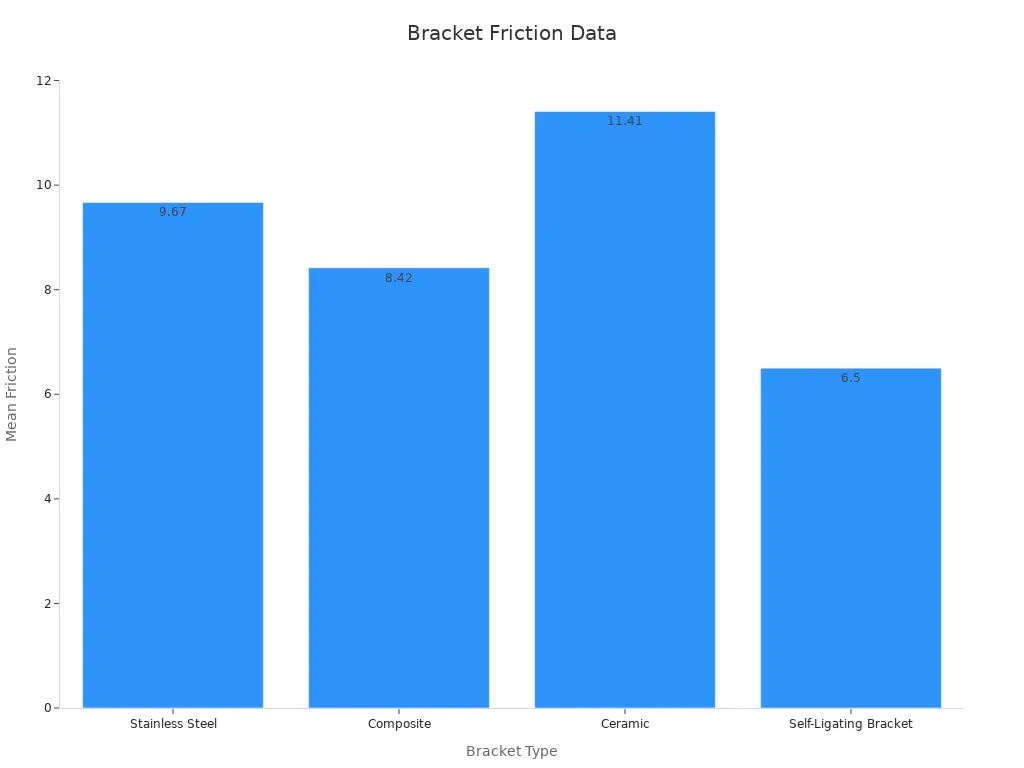
Pole brackets also look neat and blend into cities. They give a clean look that matches the area. Una volta installato, they need little care, risparmiando tempo e denaro.
Nota: Pick brackets for signs that need to last a long time. Their strong design and neat look make them great for permanent traffic systems.
Materials and Build Comparison
Common Materials Used in Traffic Sign Frames and Brackets
The materials used in cornici dei segnali stradali E parentesi affect how they work. Frames are made from light materials like aluminum, acciaio, or strong plastic. These materials make frames easy to move, which is great for temporary setups. Aluminum is a favorite because it doesn’t rust and stays strong without being heavy. Steel is stronger but weighs more.
Parentesi, made for permanent signs, use tougher materials like extruded aluminum or cast metal. These materials help brackets handle bad weather and stay secure for years. Some brackets even use stainless steel for extra strength, especially in harsh conditions. Whether you choose frames or brackets, the material keeps signs visible and useful.
Weight vs. Strength Trade-offs
Choosing between weight and strength is important for frames and brackets. Per configurazioni temporanee, lighter materials work best. They make it simple to carry and set up the frame. But lighter materials might not handle strong winds or impacts as well.
Parentesi, made for long-term use, focus on strength over weight. Heavy materials like cast metal keep signs steady, anche nelle tempeste. While heavier, these materials stop signs from bending or falling.
Ecco un rapido confronto:
| Caratteristica | Cornici dei segnali stradali | Sign Brackets |
|---|---|---|
| Materiale | Alluminio, acciaio, plastica | Extruded aluminum, cast metal |
| Peso | Lightweight for portability | Heavier for stability |
| Forza | Moderate for short-term use | High for long-term durability |
Conoscendo queste differenze, you can choose the right option. Lightweight frames are great for temporary setups. Strong brackets are better for permanent signs.
Who Uses Traffic Sign Frames and Brackets?
Great for Contractors
Contractors often use cornici dei segnali stradali for temporary setups. These sign frames are light and easy to carry. You can move them quickly as work zones change. Whether fixing roads or rerouting traffic, frames help you stay flexible. They’re simple to set up and take down without trouble.
Frames also make work zones safer. La loro corporatura forte mantiene i segnali stabili, even in wind or on uneven ground. Clear signs reduce driver confusion and keep traffic flowing. Frames fit many sign sizes, so they work for different projects. If your job needs changing traffic layouts, frames are a smart pick.
Mancia: Use frames when quick changes are needed. They save time and keep things organized.
Best for Cities
Cities prefer Firma parentesi for permanent traffic setups. Brackets hold signs firmly on poles or posts for years. They’re used for street names, Regole di parcheggio, e indicazioni. Made from tough materials, they handle bad weather and keep signs clear.
Brackets also improve safety in cities. They keep signs steady during storms or strong winds. This helps drivers see important information at all times. Una volta installato, brackets need little care, saving time for city workers. Their neat design blends well with streets, giving a clean look.
If you’re setting up long-term traffic systems, brackets are the best choice. They look professional and keep signs working for years.
Nota: Pick brackets for permanent setups. They’re strong and look great for city roads.
Raccogliere tra cornici dei segnali stradali E parentesi depends on what you need. Use frames if you want something light and easy to move. They’re great for short-term use, like at events or roadwork. Brackets are better for signs that stay in one spot. They are strong and can handle tough weather for years.
Mancia: Think about things like how often you’ll move it, the cost, and the weather in your area.
Choosing the right option keeps your signs safe and easy to see. Whether it’s a quick project or a long-term setup, the right choice matters.
Want to understand how frames and brackets work together in a full setup? Leggi il nostro blog: Costruire un sistema di cartelli stradali completi: Come le cornici e le staffe lavorano insieme to see how each component contributes to a strong, reliable signage solution.
Domande frequenti
What’s the main difference between traffic sign frames and brackets?
Frames are portable and perfect for temporary setups. You can move them easily. Parentesi, d'altra parte, are fixed and designed for permanent installations. They attach signs to poles or posts and stay put for years. Choose based on whether you need mobility or permanence.
Can traffic sign frames handle bad weather?
Frames are durable enough for short-term use. They resist wind and rain but aren’t built for extreme conditions over time. If you need something for long-term exposure, brackets are better. They’re made from tougher materials that withstand harsh weather for years.
Are brackets hard to install?
Affatto! Brackets require poles or posts, but once installed, they stay secure. You won’t need to adjust them often. They’re ideal for permanent signs like street names or parking rules. If you want something quick to set up, frames might be a better choice.
Which option is more cost-effective?
Frames are usually cheaper upfront and great for temporary needs. Brackets cost more initially but save money in the long run since they last longer and need less maintenance. Think about how long you’ll use the sign to decide which option fits your budget.
Can I use frames for permanent signs?
Frames aren’t ideal for permanent signs. They’re lightweight and portable, which makes them better for temporary setups. Permanent signs need brackets. Brackets keep signs steady and visible for years, Anche in tempo difficile. If you need something long-term, brackets are the way to go.


